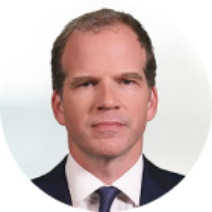Investors still need to outpace higher inflation, necessitating a strategic overweight to stocks—despite less-than-optimal conditions.
Strategically, investors face lower growth and higher inflation. More tactically, 2025 earnings per share growth could be weaker—possibly negative. And equities are expensive, including in the US (Display).
But investors still need returns that outpace inflation—“positive real returns.” So, the strategic case to overweight equites still stands: the global stock market is the largest real asset.
We expect further US equity outflows, given global investors’ negative sentiment. This could mean more near-term US underperformance, but we still see a case for US exceptionalism.






